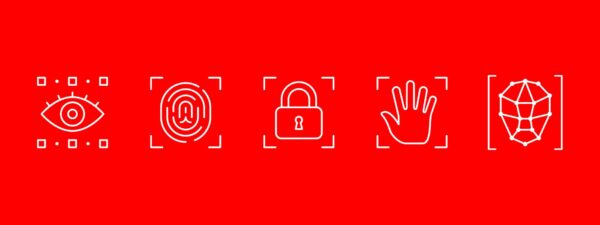In the past, IoT devices were aimed toward more technical users able to troubleshoot issues. But now, almost all consumers have interacted with some version of an IoT device at some point. Not all customers, though, have the patience to configure and ensure that connections are working properly–and it’s a burden for businesses to make sure that IoT devices are easy to use and are working well. The process is called IoT device provisioning.
IoT device provisioning ensures that devices are connected successfully. The end-user must be able to complete the initial setup of the connected device and network and send the data to the right place. The customer must be able to understand and correctly apply the hardware, software, and device documentation.
However, the wide range of internet service providers, routers, hubs, devices, and OSes makes it difficult for companies to give users adequate instructions when provisioning connected devices. They must either maintain multiple standards or publish generic guidelines.
IoT device provisioning is a must for businesses. Users must be able to provision their IoT devices easily, and manufacturers must be able to offer solutions to their clients.
Knowing your numbers
Today, you can find several connected devices in almost every household. Smart home devices, an estimated $53 billion market by 2022, make up the largest segment of these devices. Consumers expect these devices to work, plain and simple. And it’s fairly easy for manufacturers to miss the mark, which typically results in a return.
According to a 2018 CPX360 survey by Iqor, about 33% of consumers have difficulty setting up or operating a connected device. Of those customers, 22% return the device for a refund— even if there is nothing wrong with the device, as is often the case. As a result, a significant portion of tech revenue is now into handling returns.
Tackling software
The mobile app is but one component of the product’s software, which requires thorough testing and validation. While the app must work individually, it must also work in conjunction with the rest of the apps in the cloud and devices on the network. The app might pass tests for its ability to send data, but testers must also make sure it can retrieve data from external sources for updates and extensibility.
The app must deliver a positive user experience. It is the point of interaction with the user, so the app must provide information in a relatively simple manner. If the user struggles to work with it, they might determine they don’t need the IoT device in the first place.
But how the user interacts with the software is just one piece of the puzzle. The software must also download and upload data to function as intended. Unfortunately, many IoT device provisioning issues occur within the network. If the device and app can’t communicate through their specified protocols, it doesn’t matter if the app passed all of its tests in isolation. Likewise, an inability to connect through the network might mean the device can’t receive updates, which can also cause it to fail.
This is where many users run into problems. Often, connected devices require a temporary network to be established for setup before switching to the primary network. Or, a device might need to connect with a voice assistant on the same network. Here is where bandwidth issues can arise. Some devices, for example, only work on a 2.4 GHz band Wi-Fi; the customer can’t see a wireless connection, might have a limited understanding of how it works, and probably isn’t even aware that they may be able to split their network bandwidth into 2.4 and 5 GHz to serve their various devices. If the app doesn’t help them sort through possible network issues, they will easily become frustrated and give up on the devices altogether.
Firmware updates are an oft-forgotten component of IoT device provisioning. Out of the box, a device often requires an update before the customer can use it–and the end user may or may not always be aware of this. While these updates might be necessary to properly protect the device from malware–which is on the rise in connected devices, especially in corporate settings –it becomes a pain point for users if device provisioning takes longer than necessary.
Addressing support issues
All businesses provide some form of manuals for their products, but it’s not often as simple, clear, and concise for normal everyday users.
A user’s ability to troubleshoot is often very limited. If the app can’t connect, or the user thinks it can’t connect, they can’t do much to make the device function properly.
Paper documentation might include some tips, but often isn’t as helpful as intended, and doesn’t address issues specific to the user’s network or living/working conditions. Manufacturers must provide alternative forms of support for IoT device provisioning issues, such as YouTube video tutorials and FAQs that customers can readily find online. By the time they contact a call center, a user’s patience is already low; the customer will spend an average of one hour on a call before they contemplate a return. After that hour, you’ve likely lost them–perhaps for good.
IoT manufacturers need to start with the end in mind–the end user, that is. In making sure that everything works smoothly and properly, they minimize the risks of returns and enhance customer satisfaction. If IoT is meant to make all its users’ lives easier, then the overall customer experience must be given some thought, too.




